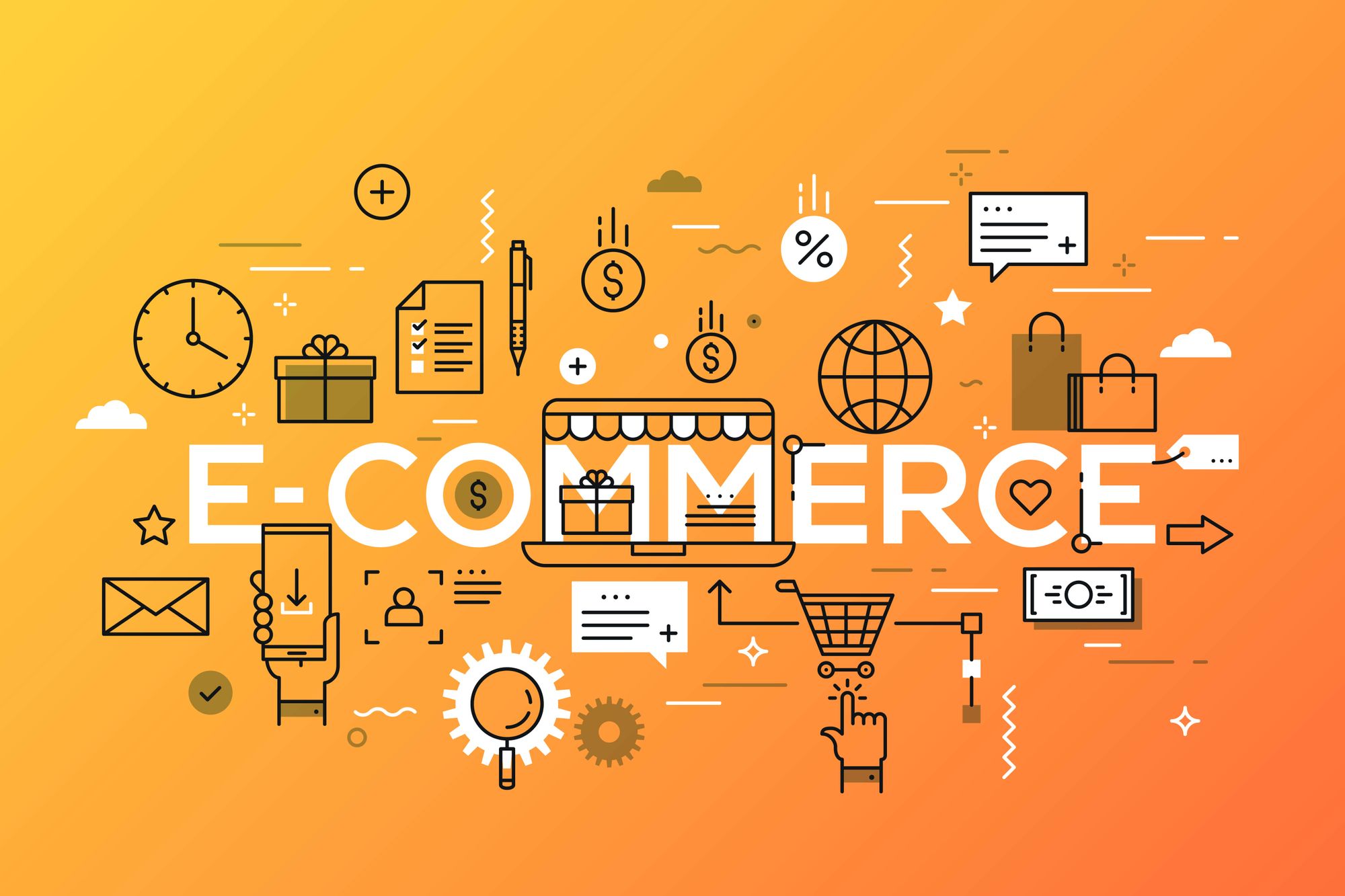E-Commerce And Q-Commerce: Transforming The Way We Shop
n the digital age, shopping has taken a revolutionary turn. The advent of e-commerce and q-commerce has drastically transformed how consumers interact with businesses, making shopping more accessible, efficient, and personalized. But what are e-commerce and q-commerce, and how do they differ? More importantly, what are the benefits they bring to the table for businesses and consumers alike? Let’s delve into these innovative shopping models and explore their advantages.
E-Commerce: The Backbone of Digital Retail
E-commerce, short for electronic commerce, refers to the buying and selling of goods and services over the internet. It encompasses a wide range of online business models, including B2B (business-to-business), B2C (business-to-consumer), C2C (consumer-to-consumer), and C2B (consumer-to-business).
Key Features of E-Commerce:
-
Global Reach: E-commerce enables businesses to reach customers across the globe, breaking geographical barriers.
-
24/7 Availability: Online stores are open round the clock, offering unmatched convenience to shoppers.
-
Diverse Payment Options: From credit cards to digital wallets, e-commerce platforms support multiple payment methods.
-
Personalized Shopping: Data-driven insights allow businesses to tailor product recommendations and marketing campaigns to individual preferences.
Benefits of E-Commerce:
-
Convenience: Shoppers can browse, compare, and purchase products from the comfort of their homes.
-
Cost Efficiency: For businesses, e-commerce reduces overhead costs associated with physical stores.
-
Wide Product Range: Online stores can showcase an extensive inventory without the constraints of physical space.
-
Enhanced Customer Engagement: Features like live chat, reviews, and social media integration create an interactive shopping experience.
Q-Commerce: The Rise of Quick Commerce
Q-commerce, or quick commerce, is the next evolution of e-commerce, emphasizing speed and convenience. It focuses on delivering goods, particularly essentials, within a short timeframe—often under 30 minutes. This model thrives on hyper-local fulfillment centers and advanced logistics technology.
Key Features of Q-Commerce:
-
Ultra-Fast Delivery: Speed is the hallmark of q-commerce, catering to consumers seeking instant gratification.
-
Small Basket Sizes: Unlike traditional e-commerce, q-commerce focuses on fewer items per order, often daily essentials.
-
Localized Operations: Hyper-local warehouses ensure quick fulfillment of orders.
-
Tech-Driven Efficiency: Real-time inventory management, AI-driven routing, and predictive analytics optimize delivery times.
Benefits of Q-Commerce:
-
Time Savings: Consumers receive their orders in minutes, making it ideal for urgent needs.
-
Enhanced Customer Satisfaction: The immediacy of q-commerce builds trust and loyalty among users.
-
Opportunities for Local Businesses: Q-commerce platforms often collaborate with local vendors, boosting their visibility and sales.
-
Sustainability: By relying on localized networks, q-commerce minimizes carbon footprints associated with long-distance shipping.
E-Commerce vs. Q-Commerce: Key Differences
| Aspect | E-Commerce | Q-Commerce |
|---|---|---|
| Delivery Speed | Typically 1-5 days | Within 30 minutes to 2 hours |
| Product Range | Broad and diverse | Focused on essentials |
| Order Size | Larger, bulk orders | Small, frequent purchases |
| Fulfillment Model | Centralized warehouses | Hyper-local fulfillment centers |
| Target Audience | General consumers | Time-sensitive shoppers |
The Benefits of Embracing E-Commerce and Q-Commerce
For businesses and consumers, the integration of e-commerce and q-commerce opens a world of possibilities:
For Businesses:
-
Increased Revenue Streams: The dual approach caters to both long-term planning and immediate needs.
-
Customer Insights: Advanced analytics from both models provide valuable data on consumer behavior.
-
Competitive Advantage: Offering both e-commerce and q-commerce services sets businesses apart in a crowded market.
-
Scalability: Businesses can expand their operations geographically and adapt to changing consumer demands.
For Consumers:
-
Greater Flexibility: From planned purchases to last-minute needs, both models cover a wide range of scenarios.
-
Better Accessibility: Whether urban or rural, consumers can access goods and services without hassle.
-
Improved Convenience: Personalized experiences and fast deliveries enhance overall satisfaction.
-
Economic Benefits: Competitive pricing and promotions are more frequent in the digital shopping ecosystem.

